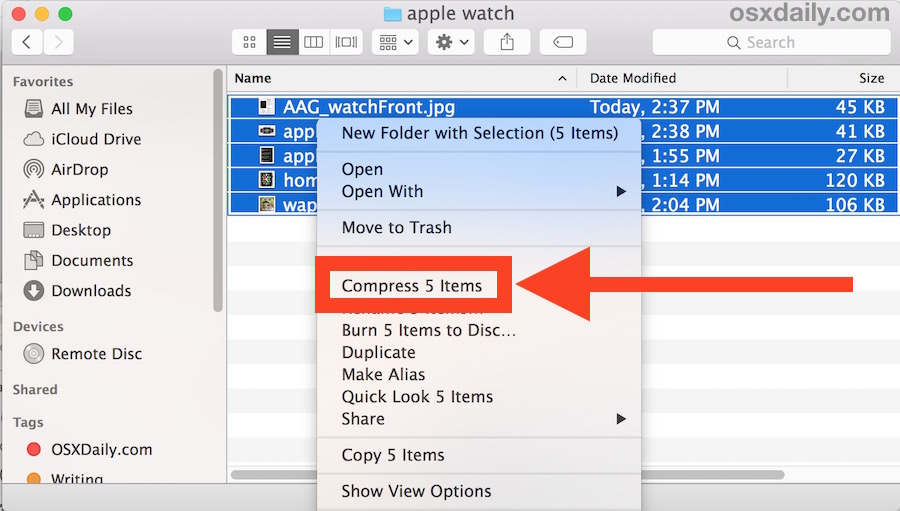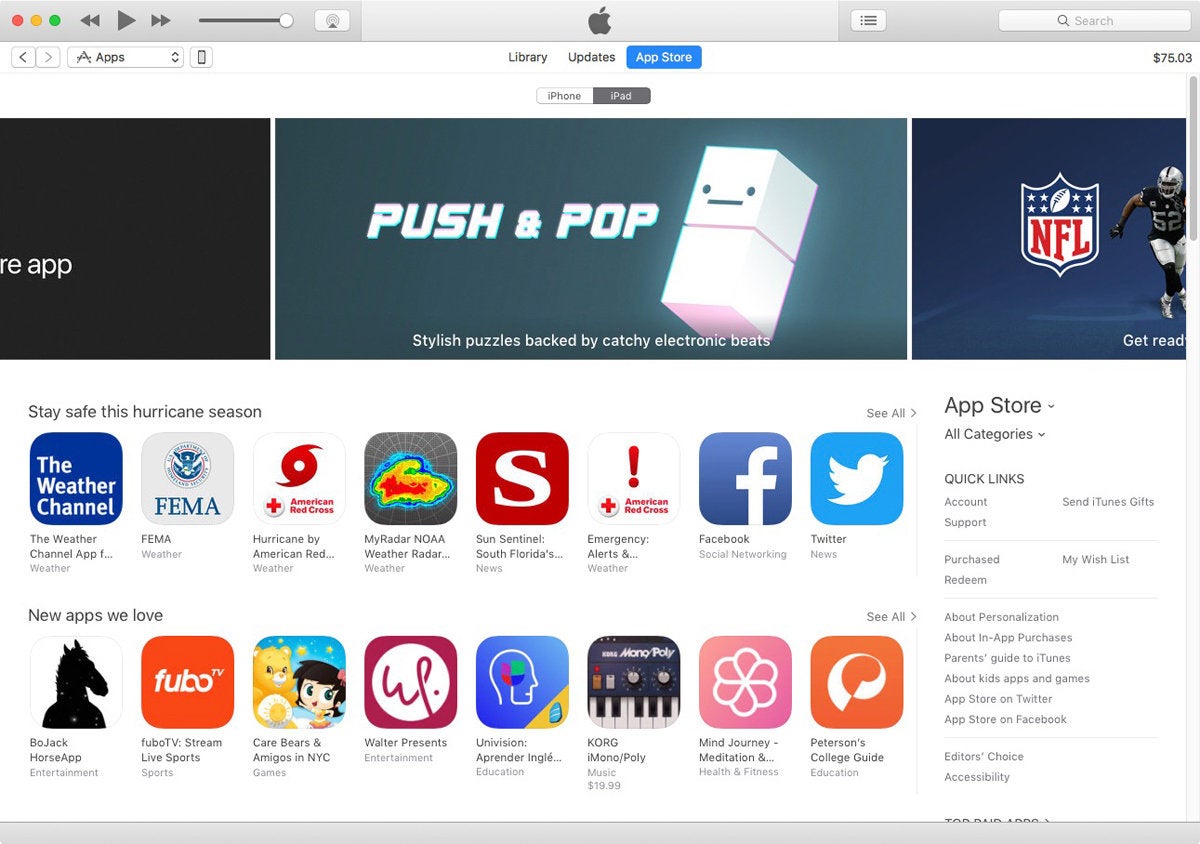Kindle Cloud Reader Probably the easiest and most effective solution is to read your second book in Safari by way of the Kindle Cloud Reader. Go to read.amazon.com and get set up in moments with a few simple steps. Jul 02, 2012 I don't think the Cloud Reader is set up to read from locally loaded/stored mobi/KF8 files. However, you can definitely download mobi/KF8 files to your computer with Kindle for PC or Kindle for Mac. Thanks, that was helpful!
If you want to setup Kindle on your Mac first you need to download kindle app for mac. After you can easy access books from Amazon on your Mac using its sync function. You need to first choose book and right click on it then choose the option read from the appeared menu.
Cloud-hosted file services like Dropbox, Box, Google Drive, and iCloud Drive try to create the best of several overlapping scenarios, but it can still be confusing to regular users exactly where their files are stored. With services that use one or more folders on your computer to sync files, the services make centrally stored copies of everything in those folders, and distribute them to other linked machines—your own and those of other people that you’ve shared items or folders with.

However, the 'truth,' or the definitive current state of your files, across that syncing ecosystem is affected by adding, moving, and deleting items in the folder on a computer. Those changes propagate through synchronization, updating the cloud-hosted copy and the versions synced to other machines.
Reader Cayce found this out the hard way from two different angles. They were trying to shift from Dropbox to Google Drive, but in the process began to run out of local disk storage. They then deleted what they thought were already copied files, which, in fact, were not. Compounding this, they had no file backup and Google Drive had stopped syncing correctly a few weeks before. They were able to recover files from Google Drive except for the previous few weeks’ additions.
It’s very easy to make this error, because the locally synced files can seem like a shadow or projection of cloud storage instead of an extension that affects it. The revert position can be annoying, because you typically have to use a Web interface to restore files, sometimes enabling an option to see deleted items, which may show long-ago removed items.
I try to never waggle at a finger at someone without a backup, because they’re already experiencing too much pain. But the best time to start creating a backup is right this second if you don’t have one. Sync services are a great way to maintain a history of what you do, and often capture very small incremental updates to documents and other files, but they’re not really suitable as a replacement for robust local or hosted backups.
By the way, an easier way to migrate from one sync service to another is through one of these two methods.

Move the files. Drag the files from one synced folder to the other, instead of copying them. If the destination isn’t on the same drive as the original, you can hold down Command and drag to move the files (copies them and then deletes them from the source location).
Repoint the sync folder. Some services let you pick any folder or multiple folders to act as sync containers. To migrate from one service to another:
- Pause, quit, or uninstall the first service after you’re sure the synchronization is up to date.
- Install the new service if it isn’t already.
- Rename the old sync folder if you choose. (For instance, moving away from Dropbox, you might want the folder to no longer be named Dropbox.)
- Using setup options on install or in preferences, point to the new folder.
Ask Mac 911
We’ve compiled a list of the questions we get asked most frequently along with answers and links to columns: read our super FAQ to see if your question is covered. If not, we’re always looking for new problems to solve! Email yours to mac911@macworld.com including screen captures as appropriate, and whether you want your full name used. Every question won’t be answered, we don’t reply to email, and we cannot provide direct troubleshooting advice.
Amazon's new Kindle Cloud Reader webapp allows you to read ebooks you've purchased via the Kindle store on any device without installing an app to do it, regardless of whether you have an active internet connection.
The new service gives you access to your entire Kindle library and all of the books you've purchased or borrowed, and an embedded Kindle Store so you can make purchases and add books to your library from within the Cloud Reader webapp. There's also an iPad-customized version of the webapp that's specifically designed for the iPad's large touchscreen.
Advertisement
On first login, the service offers to set up offline reading, which installs a browser extension that caches books and makes them available without an internet connection. Kindle Cloud Reader currently only supports Google Chrome, Safari for Mac and PC, and Safari for the iPad. Amazon says support for Firefox, IE, and other platforms is on the way in the coming months.
Cloud Reader
You can reach Alan Henry, the author of this post, at alan@lifehacker.com, or better yet, follow him on Twitter.
Kindle Cloud Reader Offline

Kindle Cloud Reader Chrome
Advertisement